10 Surprisingly Progressive Movies From The 30s & 40s
The so-called Golden Age of Hollywood was the period of time between the late twenties and late fifties when American cinema developed the distinctive visual and narrative style that would permeate for years to come. With the arrival of sound, and at the height of the studio system, classical Hollywood gave audiences some of the most beloved and admired films of all time and provided the foundations for the Hollywood of today.
Among the many pictures that premiered during this fruitful time, there are those that stand out because of the subjects and themes they dared touch. Some of them progressive even by today's standards, these films challenged the conventions of the era, delivering daring, and sometimes even game-changing products that have stood the test of time.
10 Morocco (1930)

After jumping to international fame as Lola-Lola in The Blue Angel, Marlene Dietrich began a fruitful collaboration with director Josef von Sternberg. Together, they made such classics as Shanghai Express, Blonde Venus, and, of course, Morocco. In the film, Dietrich plays Mademoiselle Amy Jolly, a cabaret singer who falls in love with a Legionnaire, played by Gary Cooper.
Morocoo features a now iconic sequence in which Dietrich, dressed in a man's tailcoat, kisses another woman while performing on stage. Both of these were rather scandalous for the period, but the film was still a box-office success and gave Dietrich her only Academy Award nomination.
9 Humoresque (1946)
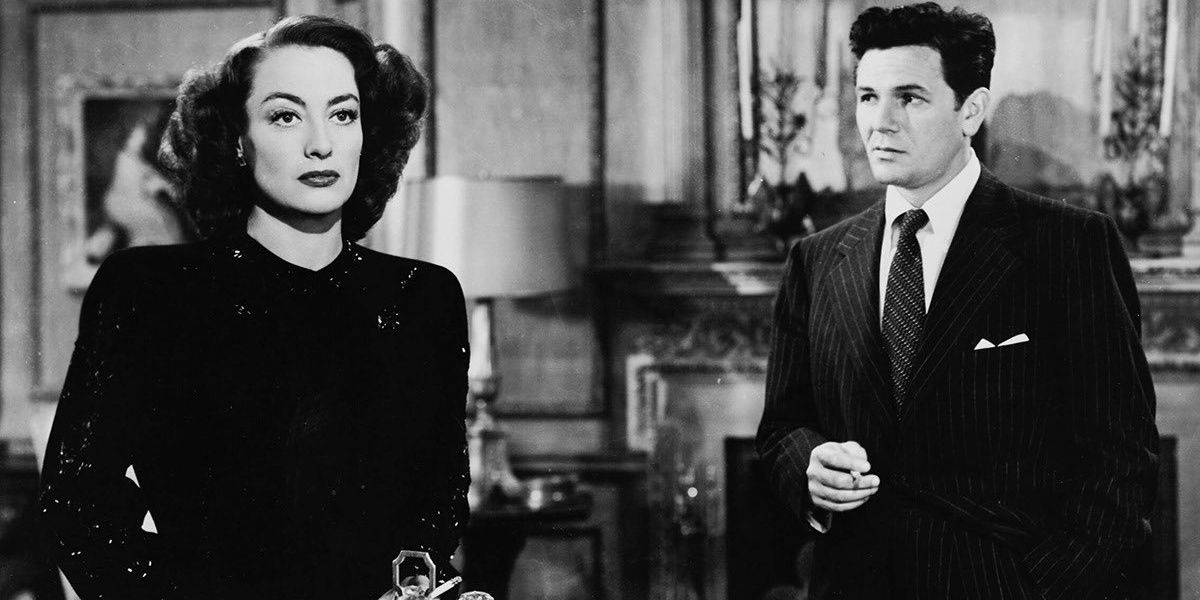
After leaving MGM in 1943, Joan Crawford began quite the remarkable career in Warner Bros., starring in classic noir films like Mildred Pierce, for which she won her Oscar, and Possessed. But it's Crawford's second film as a star of Warner's that might just be her finest performance.
In Humoresque, Crawford plays Helen Wright, a married woman who begins an affair with a younger violinist, while also becoming his patron. The older woman/younger man romance is a theme that audiences weren't used to back then. To this day, it's still a topic that's considerably uncommon and misunderstood. Humoresque is a tragedy to the tee, and Crawford is stellar in it, dignified, graceful, and every bit the star she always was.
8 Design For Living (1933)
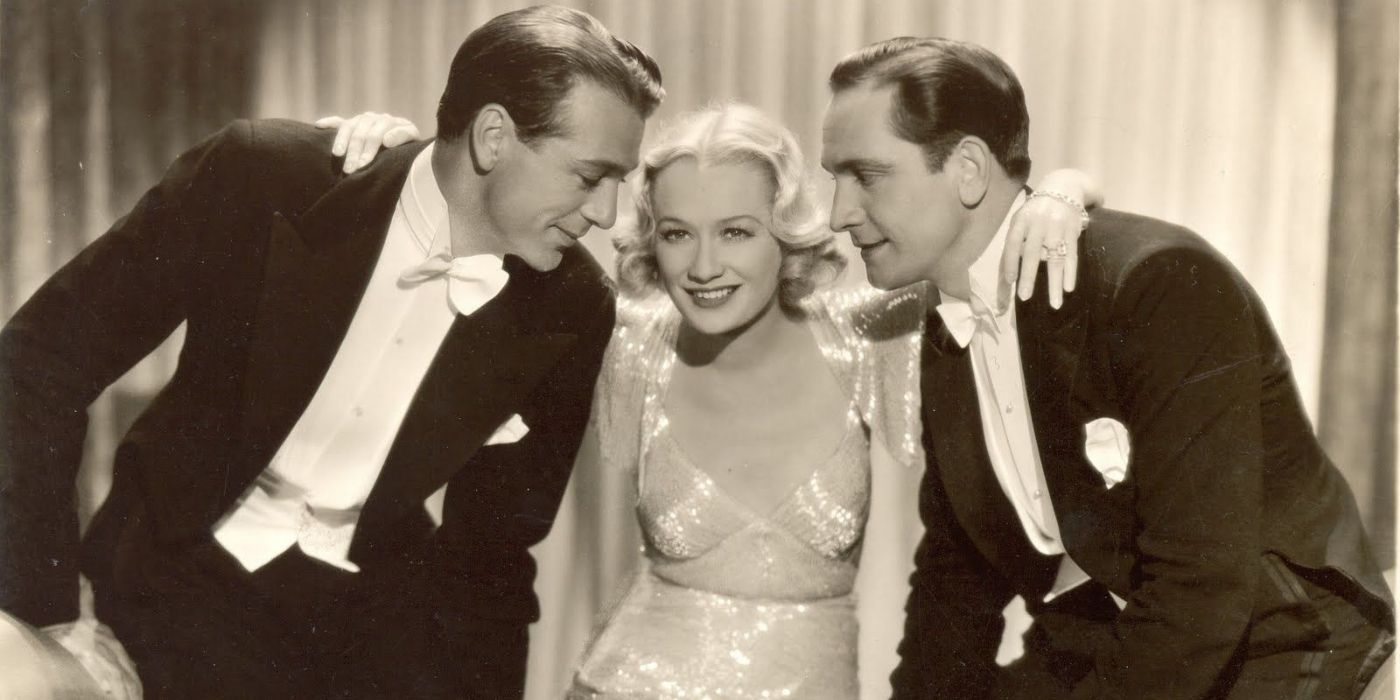
Miriam Hopkins is one of the most underrated actresses in classical Hollywood. Known for her versatility and boldness, she starred in several daring films, including Dr. Jekyll and Mr. Hyde and, rather notoriously, The Story of Temple Drake. In Design for Living, she plays a young woman who falls in love with two men and decides to live with both of them, platonically.
A comedy at heart, the film's premise seems very forward for the time. Done in the pre-Code days, Design for Living not only touches on the idea of the "thrupple," it runs with it in a way that's both satisfying and humorous. Not a lot of films have the same empathy for its subject, and this picture, just like its leading lady, definitely deserves more attention.
7 Of Human Bondage (1934)
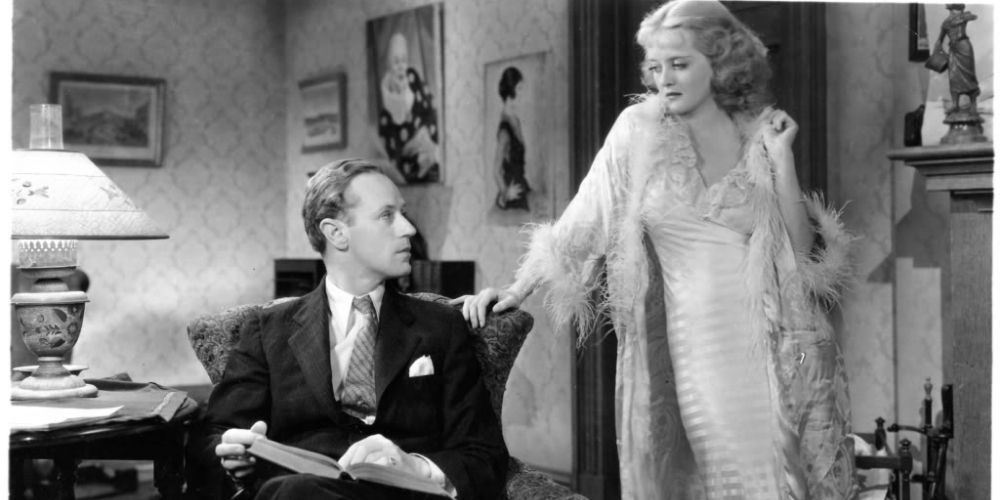
The film that made Bette Davis a star, Of Human Bondage, was a very raw experience for the time. It tells the story of Philip Carey, played by Leslie Howard, a young man who falls in love, or becomes obsessed more likely, with vulgar waitress Mildred Howard, Davis.
The story is unforgiving with both characters, but it's Mildred who really stands out. Completely selfish, self-destructive, and unsympathetic, she literally dares the audience to like her. Indeed, several actresses reportedly declined the role out of fear of damaging their images. Davis received critical acclaim, and when she was eventually snubbed for an Oscar nomination, angry Academy voters wrote her name into the ballots. To this day, the Academy website lists her as an official nominee.
6 The Lieutenant Nun (1944)
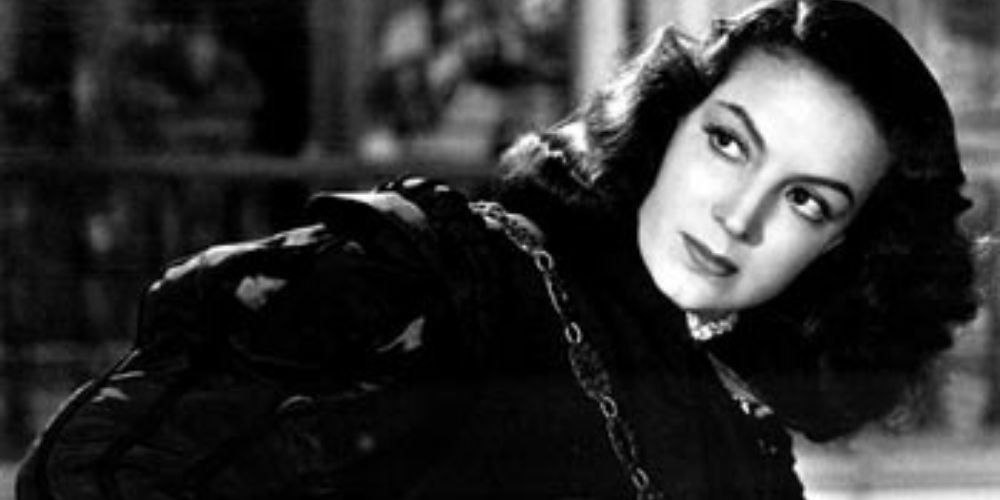
Just as Hollywood went through its golden age, Mexican cinema also flourished. One of its greatest stars, larger than life diva María Félix, starred in this film inspired by the real life story of Antonio de Erauso, born Catalina de Erauso, and widely known as the Ensign Nun.
Catalina's story is far too extraordinary to fit into 120 minutes, but the film does a fine, albeit tame job adapting it. There are implicit yet unexplored themes of gender and identity, as it borrows heavily from Queen Christina and Greta Garbo. The film does ignore Catalina's supposed lesbianism and shamelessly endorses Catholicism. Still, the story of a one-time nun who escapes a convent dressed as a man, and travels down Spanish America under male identities, is everything but conventional.
5 The Devil And Miss Jones (1941)
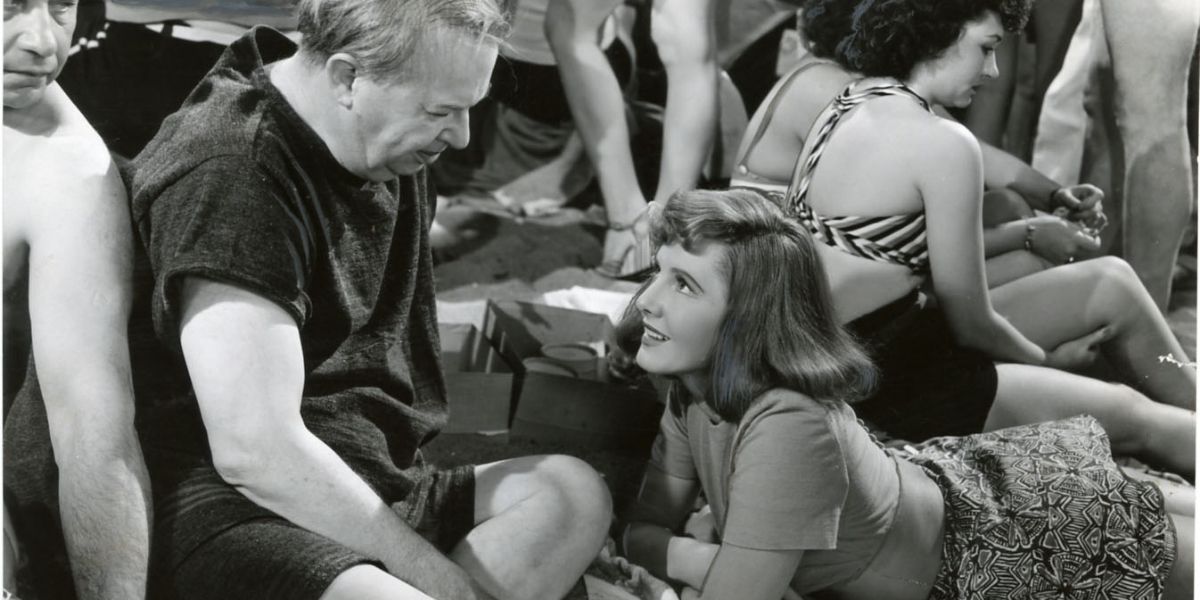
The premise of this comedy film is quite original. When tycoon John discovers growing union sentiments in one of his New York department stores, he goes undercover to try to discover the agitators. There, he befriends Mary, a clerk played by Jean Arthur, who turns out to be one of the key figures in the union movement.
The story takes a clever approach to the strike attempts, while also exploring John and Mary's personal relationships, with each other and their significant others. And while the ending is so sugar-coated it borders on the absurd, the message of the story is loud and clear, if only people are willing to listen to it.
4 It Happened One Night (1934)
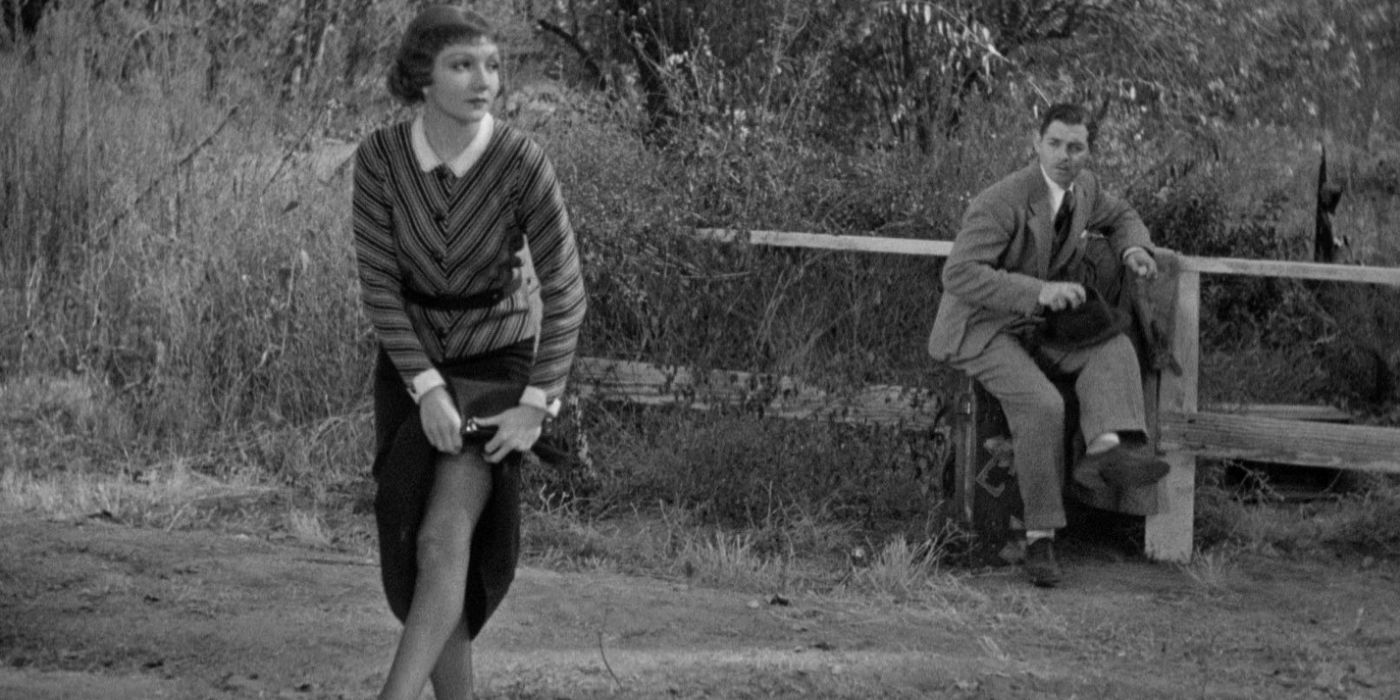
Considered to be one of the greatest films ever made, It Happened One Night is a romantic comedy unlike any other. The story, about a socialite who falls in love with a sly reporter, starred Claudette Colbert and Clark Gable, both of whom didn't expect the film to be very popular.
Premiering shortly before the arrival of the Hays Code, the film features themes that were considered quite daring for the time. Colbert's Ellie using her leg to attract the attention of a driver while hitchhiking might be the film's most memorable moment. However, the script features several scenes that suggest the relationship between Ellie and Gable's Peter might be rooted not on the clean-cut idea of romance that the Code wanted to enforce, but on something more primal: good, old-fashioned physical attraction.
3 Cabin In The Sky (1943)
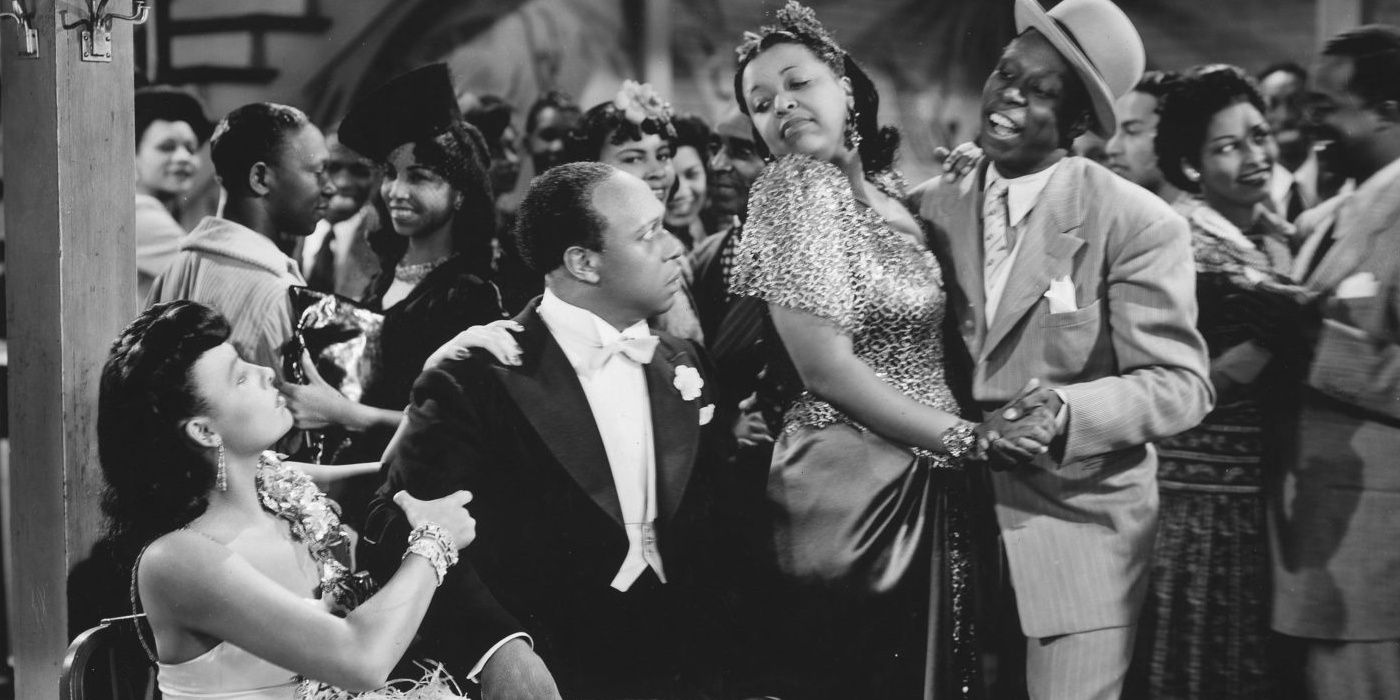
Vincente Minnelli's first film features an all-black cast led by Ethel Waters, Eddie Anderson, and Lena Horne. It tells the story of compulsive gambler Little Joe Jackson, who dies and goes to purgatory. There, he is tasked with returning to Earth for six months in order to prove he deserves a spot in heaven.
The film's premise is original and the music irresistible, but it's Ethel Waters that makes the whole thing come together. As Joe's wife, Petunia, she's charming, emotional, and outstanding. From the moment she sings "Happiness is a Thing Called Joe," the audience literally surrenders to her feet. Cabin in the Sky is not without its problems, but it's such a shamelessly enjoyable time, it manages to overcome them.
2 The Women (1939)
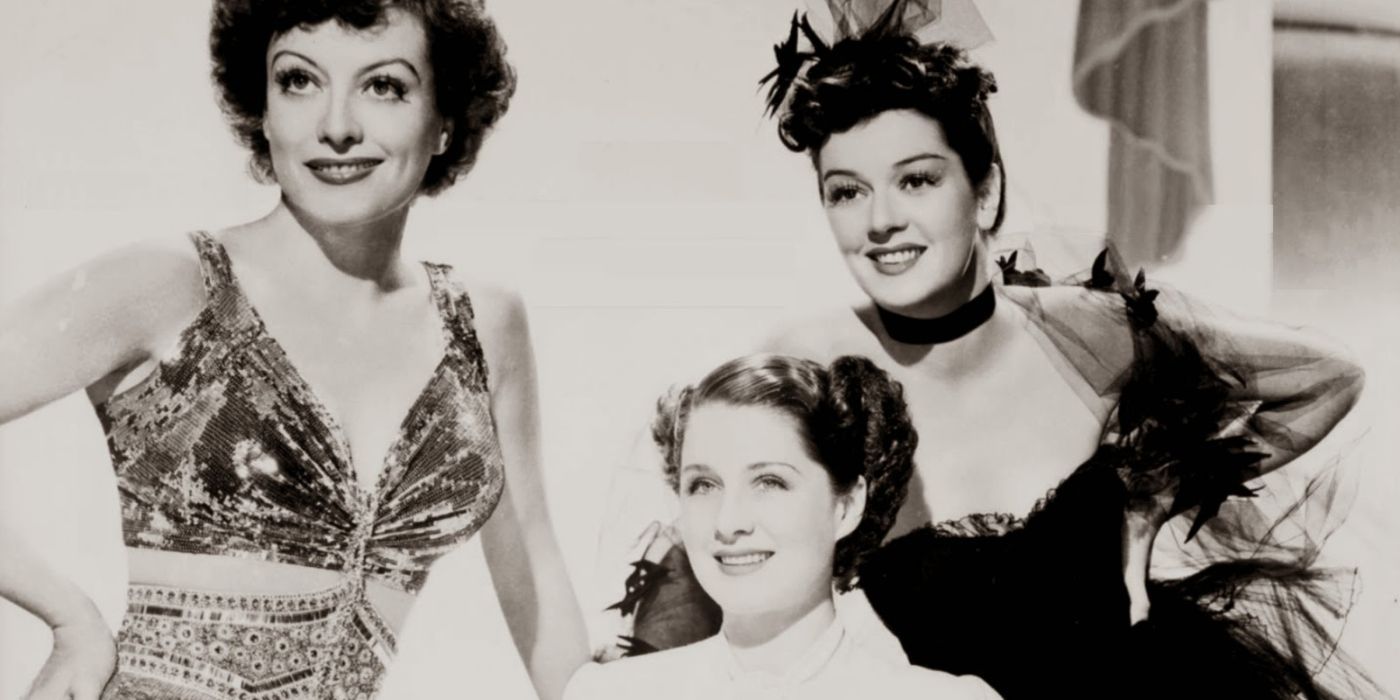
Directed by George Cukor, The Women features an all-female cast of more than 130 speaking roles. The script, also by two women, Anita Loos and Jane Murfin, was adapted from the 1936 play of the same title. It stars a who's who of MGM legends of the time, including Norma Shearer, Rosalind Russell, and, of course, Joan Crawford.
Over the course of the film, there's not a single man, seen or heard, although their presence looms largely over the plot. which centers on the romantic entanglements of several women. Shearer delivers her usual charm and assurance, but it's Crawford who truly shines and ultimately wins the picture. And while the film does feature some outdated concepts, it's still quite the achievement, in both premise and execution.
1 Citizen Kane (1941)
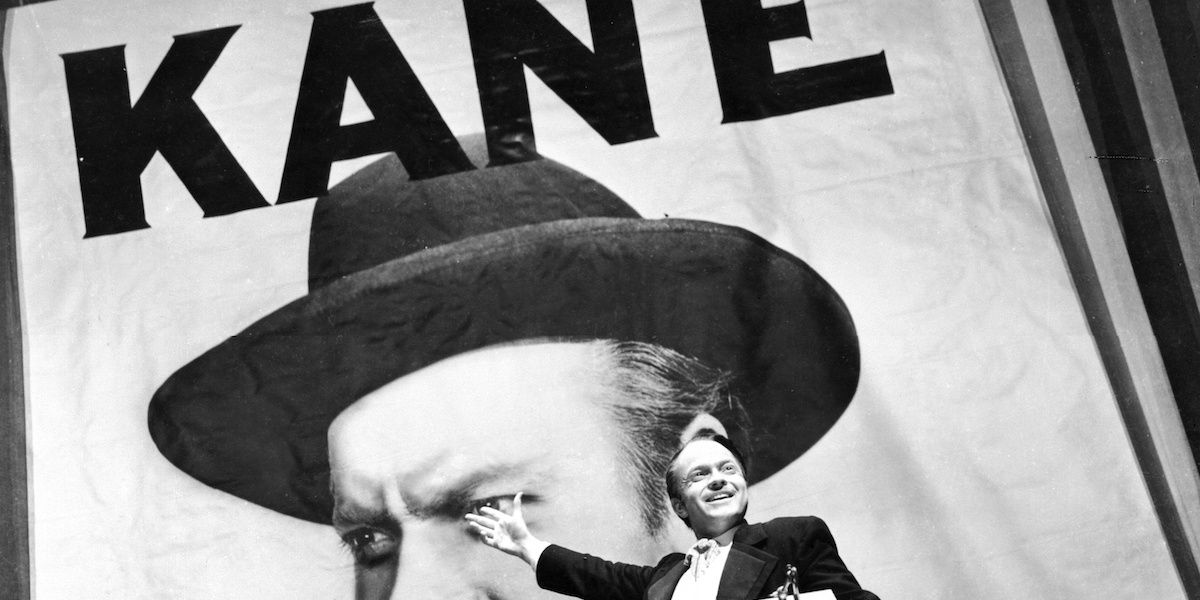
Considered by many critics and filmmakers to be the greatest film ever made, Citizen Kane has re-entered the cultural lexicon thanks to David Fincher's Mank. The film tells the tale of Charles Foster Kane, his life and legacy, employing a non-linear style that was groundbreaking at the time. The film's themes of media manipulation, perception, and the trap of the American Dream were all innovative at the time, presenting a consuming, almost devastating portrayal of wealth in America.
The film's reputation has only increased with time, deservedly so. It's technical achievements are noteworthy, but its underlying message about the ultimately unsatisfactory gifts and prevalent dangers of wealth, is one worth remembering.
from ScreenRant - Feed https://ift.tt/2KY43y8
No comments